let's explore it
From the Ostrog to the
Prosperous City
It is believed that the history of the city began in 1661 when the Irkutsk fort (fortress) was built on the right bank of the Angara. In 1686, the settlement received the status of a city. By the way, in Irkutsk, there is still no consensus on which date is considered more important. Therefore, just in case, both are celebrated: for example, in 1986 they celebrated the 300th anniversary of the city, and 25 years later, in 2011 – already the 350th anniversary. The city got its name from the Irkut river, which flows near it. However, most of the city is located on the banks of another river – the Angara.
Irkutsk has always been a merchant city. Through it went all the important trade routes from China. They brought sugar, tea, fabrics. The poorest Irkutsk women at that time wore silk because it was much cheaper than cotton and linen. Fur was exported from Irkutsk itself.
short city information
LOCAL TIME | UTC+8 |
|---|---|
CLIMATE | Severe |
POPULATION | > 600 thousand people |
HOW TO GET | 5,5 hours by plane from Moscow
|
HIGHLIGHT | Baikal Lake
|
types of tourism

Winter

Excursion

Active

Eco

Ethno

wild nature
MOST ATMOSPHERIC SPOTS
To Fall in Love with the City of Irkutsk
One of the main attractions of the city is the Angara embankment, recently renovated. Both locals and tourists enjoy walking on it. On the promenade, you can go down to the water itself and feed ducks swimming nearby. The second most popular place is the Kirov square. It is located in the very center of the city. In summer, a fountain runs on the square, where young people like to gather. The square has one more purpose: almost all city rallies and protests take place on it. Locals like to compare Irkutsk with Saint Petersburg, especially on rainy days. The city is designed according to the example of the Northern capital, the General plan of Irkutsk was made by the St. Petersburg architect Ivan Lem.
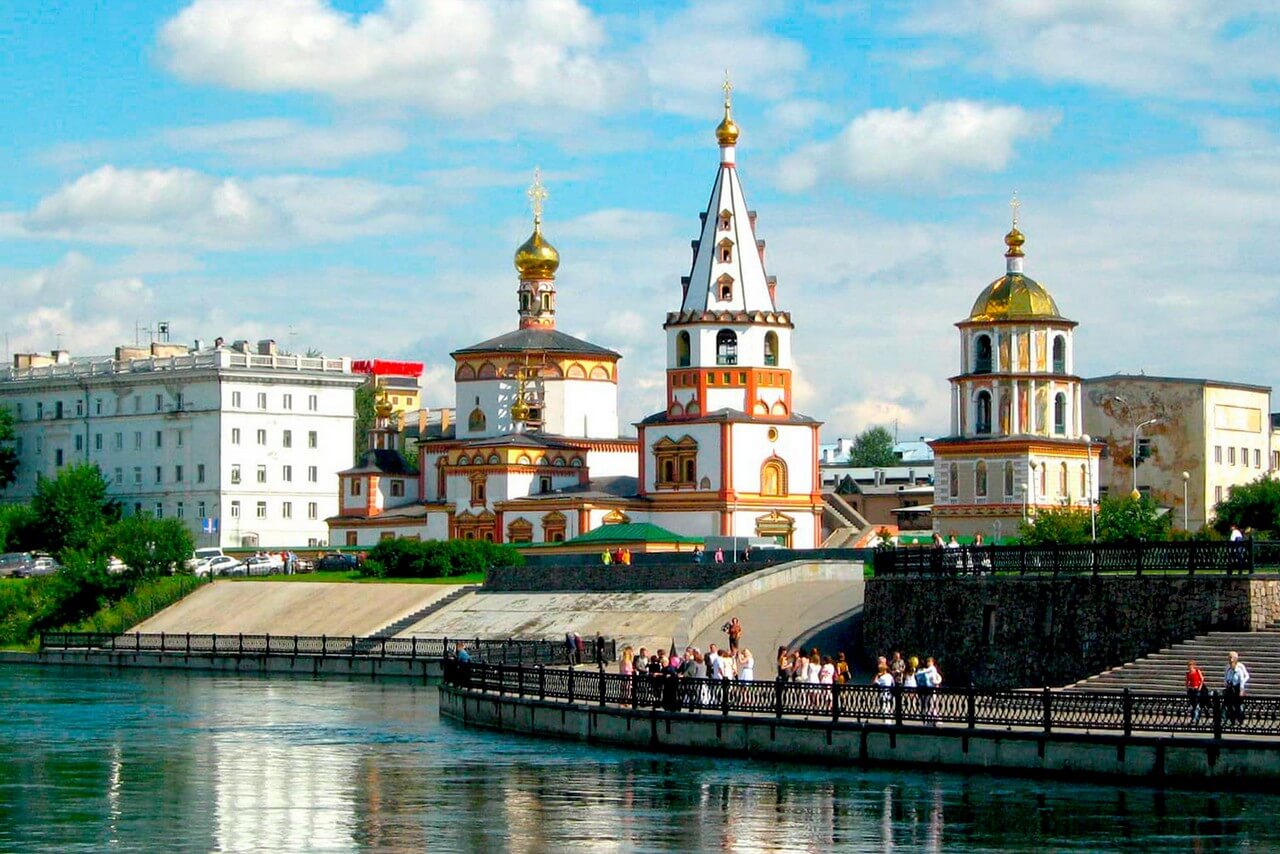
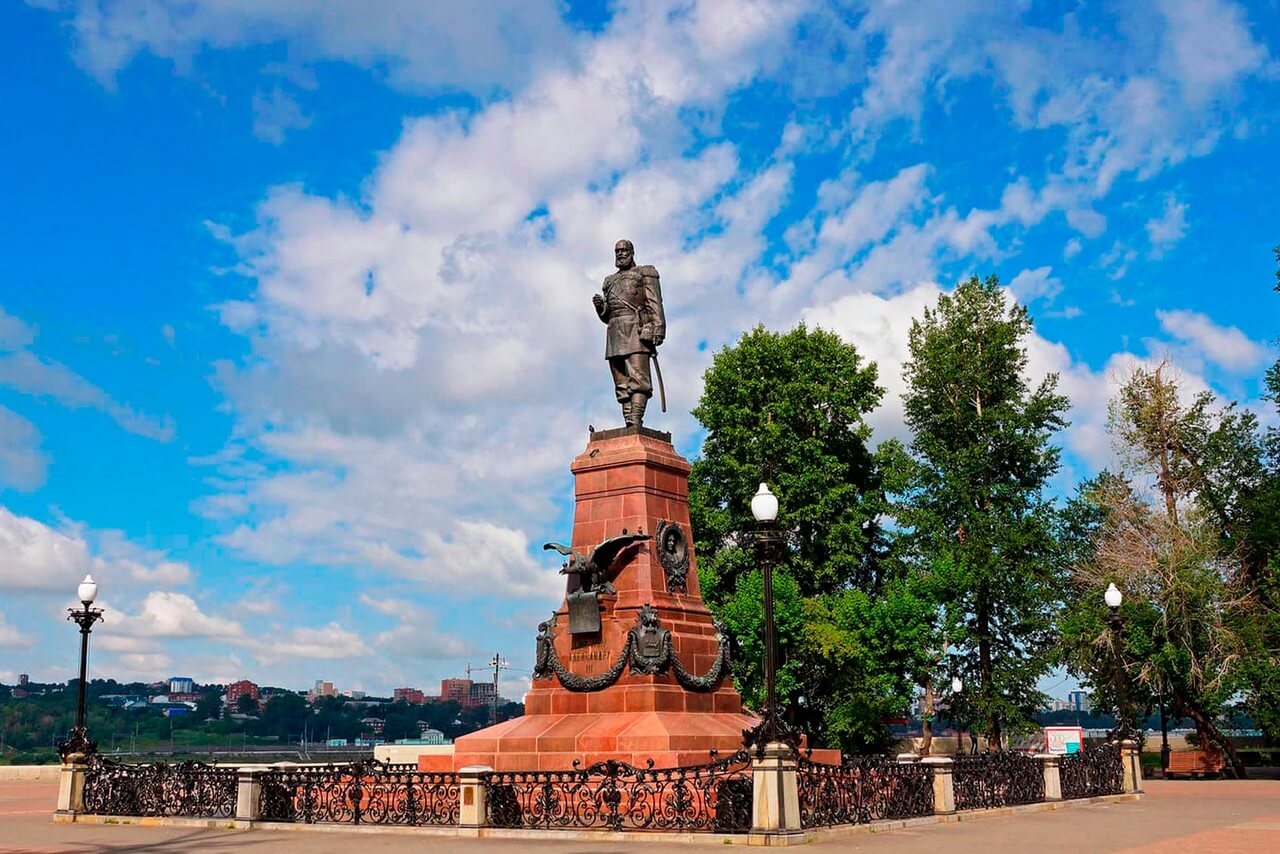
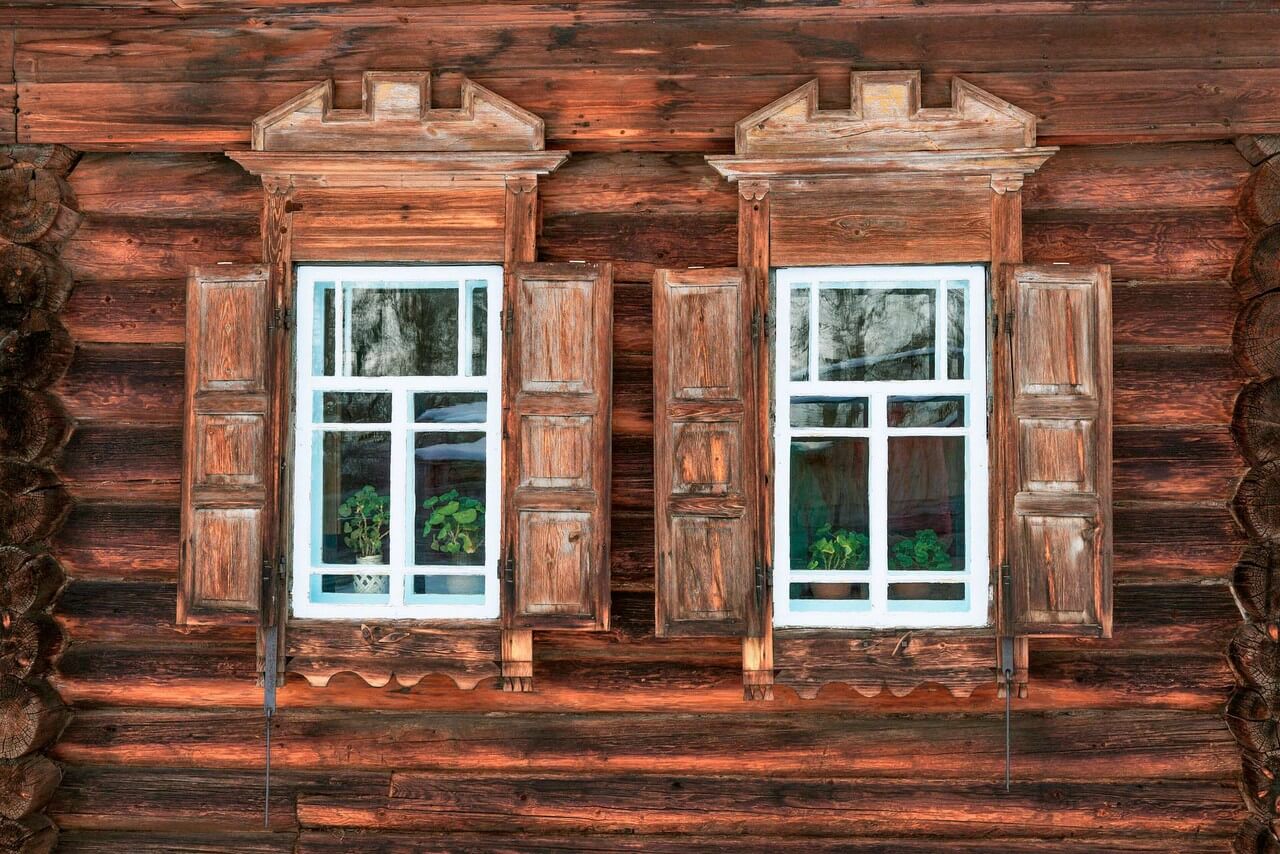
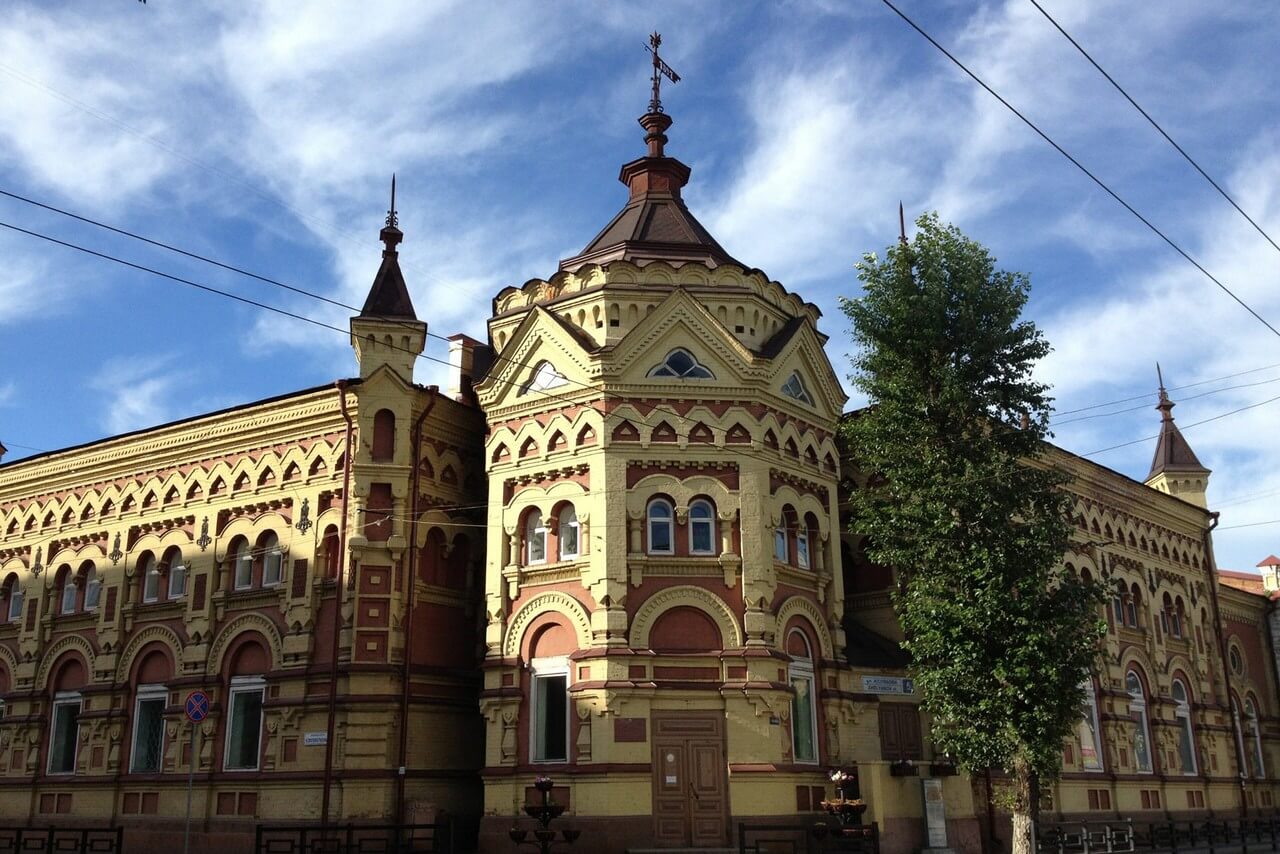
Another noteworthy vacation spot appeared in Irkutsk quite recently, before the anniversary. This is a historical quarter or, as it is popularly called, the 130th quarter. This is a small park in the very center of the city, in which the buildings of the beginning of the 19th century are recreated: wooden houses, a police station, a merchant’s shop.
THE FAMOUS DECEMBRISTS
City of the Exiles
Due to the harsh climate, life in Irkutsk has always been considered a punishment. Those who guilty of the state were regularly exiled to hard labor or a settlement here. The Decembrists became the most famous exiles, who made a rather significant contribution to the development of Irkutsk precisely as a cultural center. In order not to be bored in exile in the provinces, active and energetic Decembrists took up the enlightenment of the local: organized schools taught people to read and write.
In the houses-museums of exiled princes, you can see their belongings: poems on scraps of paper, shackles, black-and-white photos of convicts, tiny sets, and seemingly inconvenient but beautiful old furniture.
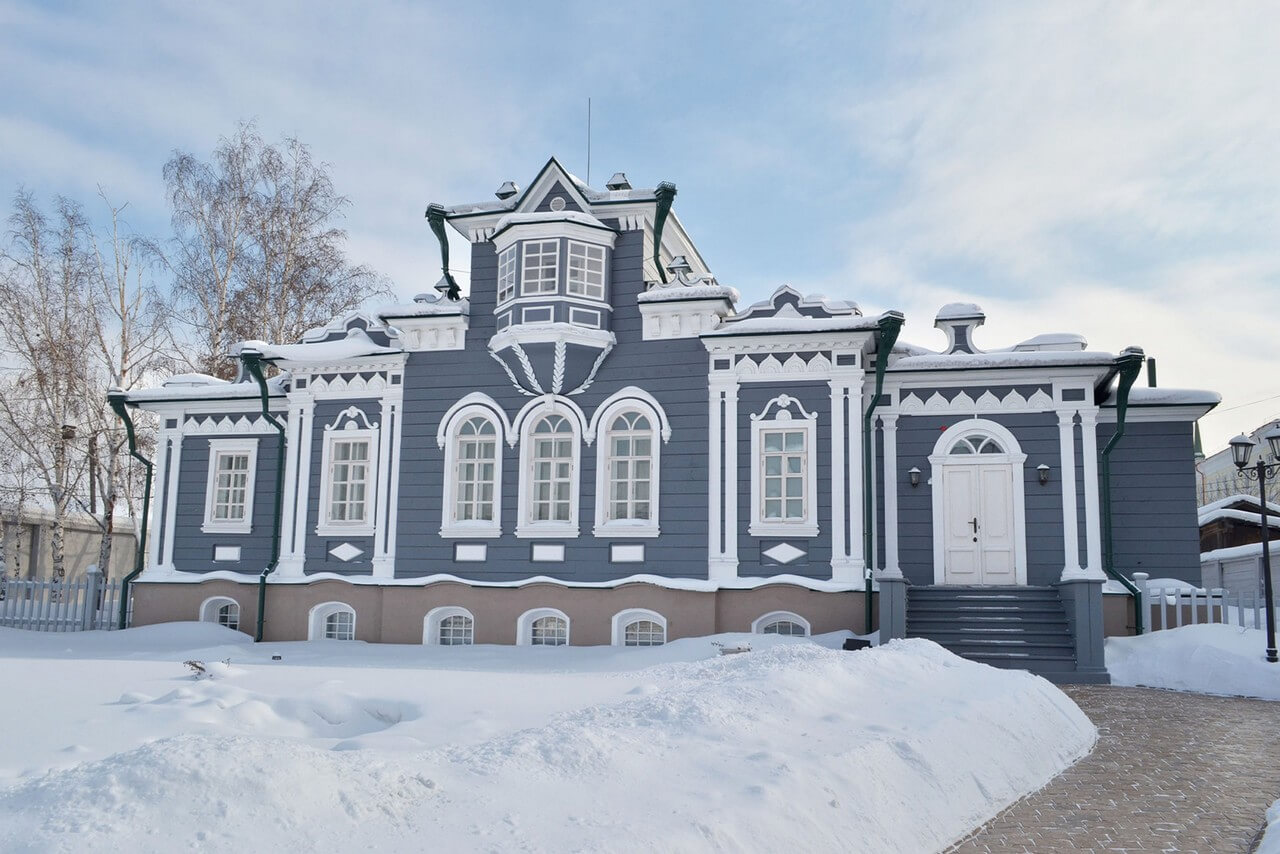
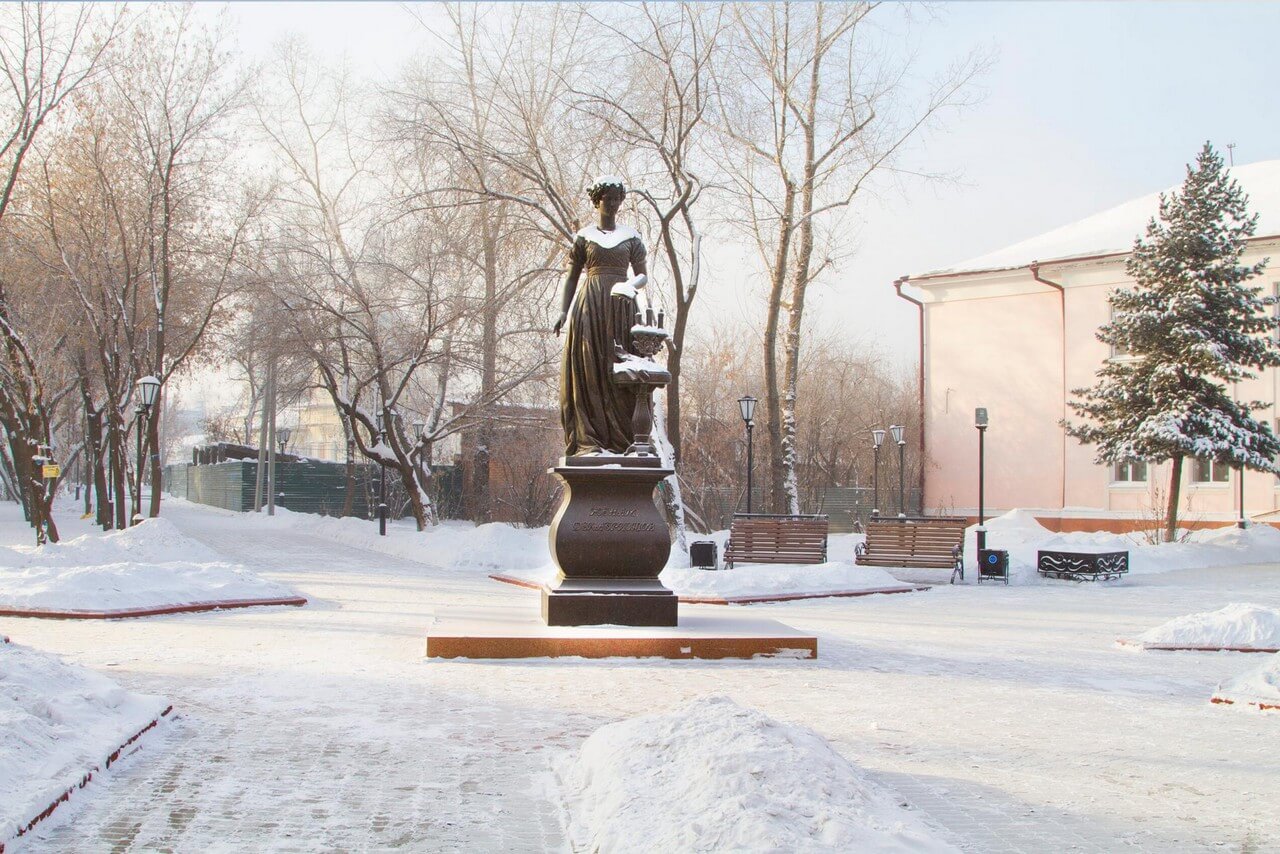
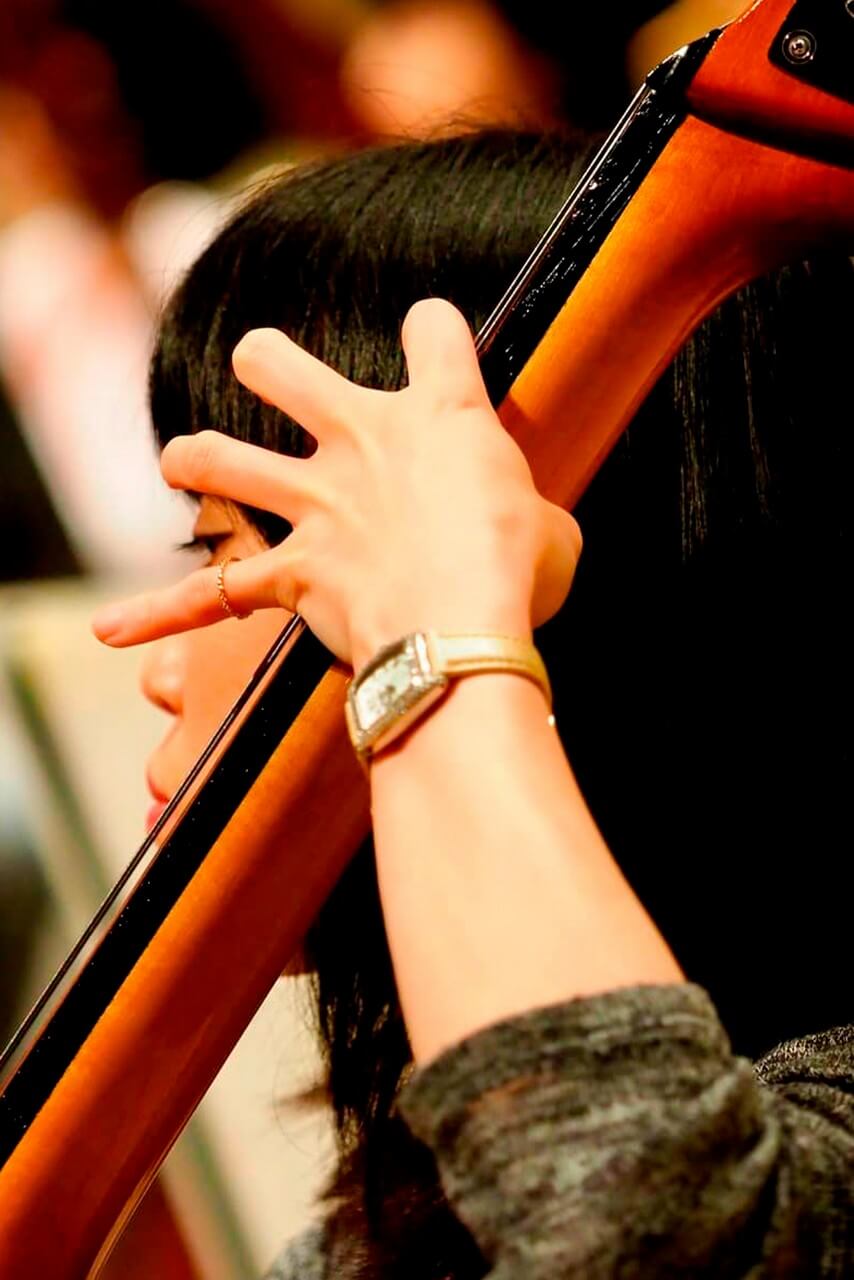
A VIBRANT CULTURAL LIFE
Theatres, Festivals, and Concerts
As befits a cultural city, Irkutsk has several theaters: drama, musical, puppet, young spectator theater, and folk drama theater. There are several theater studios in the city. Famous Russian and foreign artists often come to Irkutsk on tour. A special pride of the city is the annual festival of classical music “Stars on Lake Baikal”, organized by the world-famous pianist, a native of Irkutsk, Denis Matsuev. Every fall, the festival gathers world-famous stars, the best musicians and conductors in the city. Tickets for concerts are sold out instantly, and there are never empty seats in the hall.
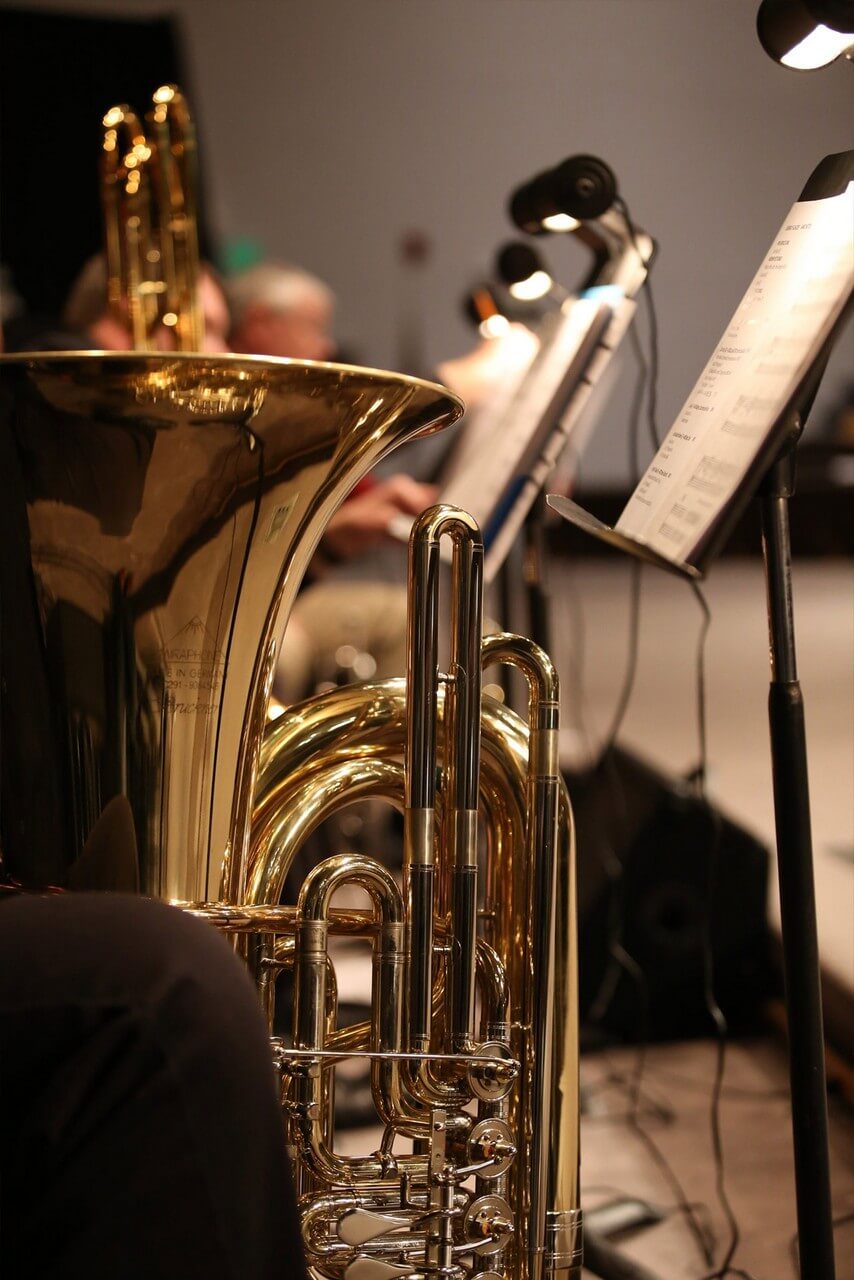
try something new
Itineraries of Siberia
want more?
More pictures inside the Gallery

